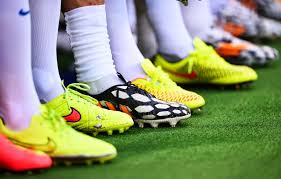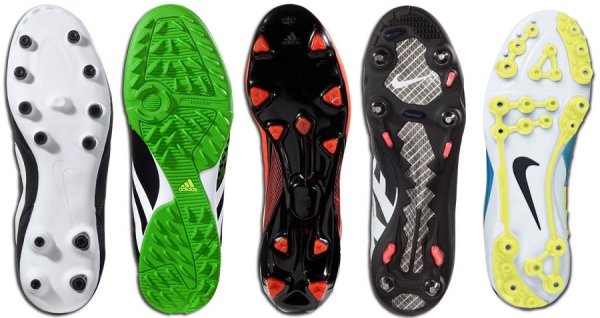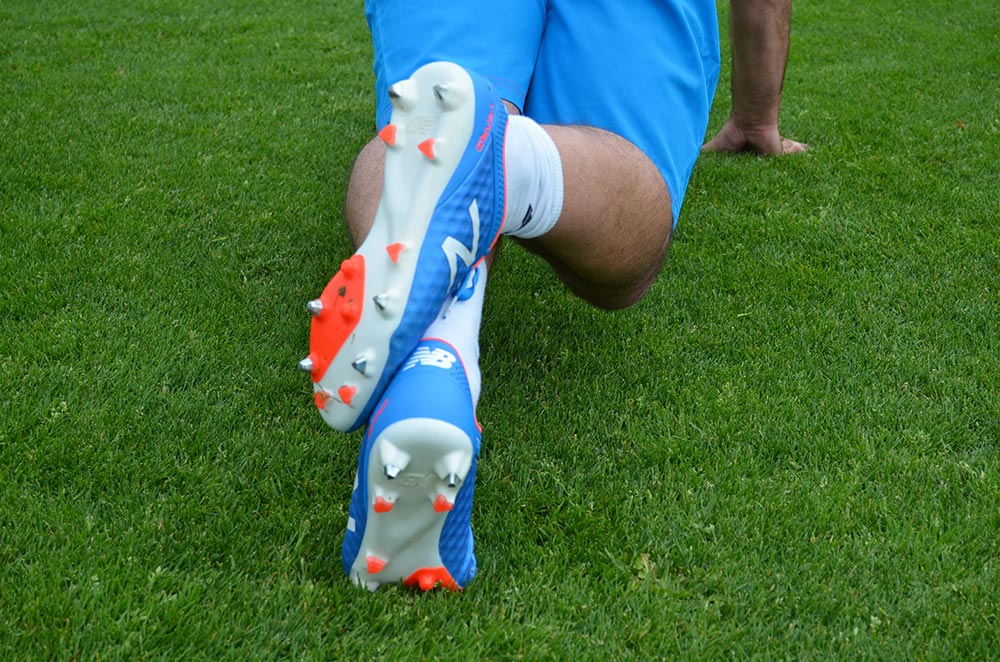WHAT TO LOOK FOR WHEN BUYING SOCCER/FOOTBALL BOOTS
The break is over and pre-season training is well and truly back on for the football codes. With a new season often comes new equipment, and perhaps the most important piece of equipment is the boots you choose to play in. Although everybody wants to wear what their favourite players play in, it’s crucial to keep certain factors in mind to make sure the right choice is made. The right boot can make all the difference in playing performance and injury prevention so read on for some points to consider when choosing your new boots:

– Fit: Like any footwear, the fit of the boot is crucial in preventing friction spots, blisters and toe nail damage. A narrow boot may compress the toes causing anything from callouses and corns through to forefoot numbness and cramping due to nerve irritation, whilst a boot that’s too big will allow the foot to move around too much causing friction issues and altered muscle function to stabilise the foot. A simple test, if the boot has a removable sockliner, is to take it out and stand on it-if your toes overhang the side or end of the insole you need a bigger size with a thumbs width from your longest toe to the end of the insole being ideal. It’s also imperative that you have your footy/soccer socks, shin guards, ankle braces or orthotics with you when purchasing your boots as this will affect the size you require. Purchasing your boots at a reputable shoe store (think Athletes Foot, Rebel Sport or Sportsmart) will ensure you are fitted for the right size (width and depth) rather than taking a chance by buying online.
– Cleat pattern and location: Typically, Australian surfaces will be hard for the start of the season and will soften as the year progresses with the amount of matches being played and the state of the facilities affecting the state of the pitch. Having multiple boots is not a viable option for everyone so the surface you commonly play on and the position you play should guide your choice with:
Firm grounds typically being suited to moulded stops (often conical in shape) or bladed patterns
Soft grounds typically being suited to traditional metal studs which are often longer, especially at the heel
Artificial grounds typically require smaller, moulded stops in greater numbers (similar to a Grasscat configuration).
Your position on the field can also affect the style of boot you buy with conical stud configurations tending to favour players that turn and twist a lot, offering more control in these movements, whereas blade patterns can be better for wingers and forwards who can have rapid changes in acceleration. Finally, it’s also important to consider the placement of the studs in regards to current or previous sore spots, for example it’s not uncommon for us to have players present to the clinic with pain in their big toe joint due to a stud being positioned right underneath it causing localised pressure on that area.

– Materials: The upper material of boots are constructed out of leather or synthetic materials. Leather still remains the material of choice, in particular kangaroo followed by calf leather, due to it’s strength and ability to conform to the foot. However, synthetic materials have come a long way and now provide a cheaper alternative whilst still providing some of the same advantages that leather does.
– Weight: The weight of the boot is often a personal matter, although many players prefer a lighter boot. Generally the lighter boot is suited to the faster player such as a striker/forward who is up on their toes. A heavier boot can feel more solid and stable, and offer more protection which may suit a defensive player more. Generally speaking, the lighter the boot the less support it will provide your feet.
– Previous injuries and orthotics: It’s important to consider previous injuries when choosing the particulars of a boot. For example, a boot with a higher heel pitch can help in cases of Achilles tendonitis whilst boots that flex through the toes and not the middle of the shoe can help reduce strain in the arch of the foot. Finally, if you use orthotics it’s important to choose a boot that has a removable insole to ensure you have adequate depth to accommodate your orthotic. Once again, the width of the boot will also be important so never buy boots without having your orthotics with you.

